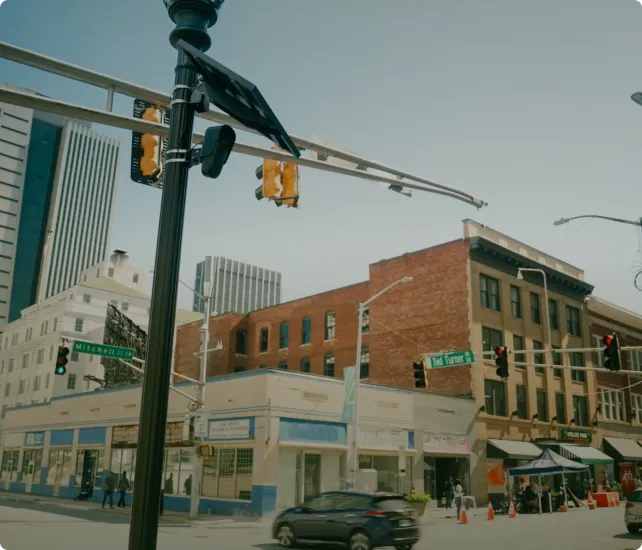


State Departments of Transportation are not ignoring artificial intelligence. Most are already experimenting with it. But based on what surfaced at the recent American Association of State Highway and Transportation Officials (AASHTO) conference and in the organization’s AI Strategy Survey, many DOTs find themselves in the same place. They are exploring AI tools and use cases, but still searching for a clear, scalable path forward.
The opportunity is real. The appetite is growing. What is missing is confidence in how to move beyond scattered pilots into something more strategic and repeatable.
The AI Landscape: High Interest, Low Alignment
The AASHTO Committee on Transportation System Operations recently surveyed more than 50 members from across all four U.S. regions. Their findings paint a clear picture. AI interest is strong, with the top areas of focus including:
- Traffic signal optimization
- Data analysis
- Safety and incident detection
But despite this momentum, the majority of states lack a unified framework for how to govern, deploy, and expand these tools. Most efforts are still happening in isolation, with limited visibility across teams or departments.
One DOT leader summed it up well during the conference:
“We just want to stop reinventing the wheel. Show us what works.”
That desire to learn from peers is both the challenge and the solution.
What’s Getting in the Way?
According to the AASHTO committee meeting attendees, the biggest barriers to broader AI implementation are not technical. They are organizational.
- Data quality and availability
- Security and privacy concerns
- Workforce skill gaps
- Unclear ownership and governance
- Cost and complexity of implementation
Many agencies have talented teams and promising use cases. What they need is structure, clarity, and a way to build momentum without adding operational risk.
Small, Smart Steps Are Already Working
Despite these challenges, several agencies are already showing what effective AI use can look like inside government.
At the conference, attendees shared stories of pilot programs that delivered tangible results. These included:
- Incident detection systems that reduced emergency response times
- Tools that synthesized documents and reduced manual workload
- Predictive models used for crash or flood risk forecasting
These are not moonshot projects. They are practical, well-scoped experiments that focus on real outcomes.
What Success Looks Like
From both the survey results and the conversations happening at the conference, one thing is clear. The DOTs that are moving forward with AI tend to share a few things in common.
- They start with small, meaningful wins
These agencies pick use cases that are easy to measure and relevant to their daily operations. - They build with governance in mind
Even if formal frameworks are still evolving, successful DOTs are setting policies and expectations early. - They encourage peer learning
The most impactful strategies are often borrowed from another agency's success. Case studies, workshops, and informal exchanges help accelerate progress.
A Shared Road Ahead
The path forward is not about chasing the latest technology. It is about solving familiar problems in faster, smarter ways. AI is already proving its value in transportation, but the real transformation will come from how agencies approach implementation.
Many DOTs are ready to move from curiosity to clarity. From pilots to purpose. That shift will take collaboration, practical tools, and partners who understand what it means to work in a public sector environment.
For those of us building AI solutions in this space, the role is simple. Listen closely. Make it easy to get started. And stay focused on the outcomes that matter most: safer roads, faster responses, and more effective teams.





Contact us
Discover how communities across the country are using Flock to reduce crime and build safer neighborhoods.

.webp)



.webp)





